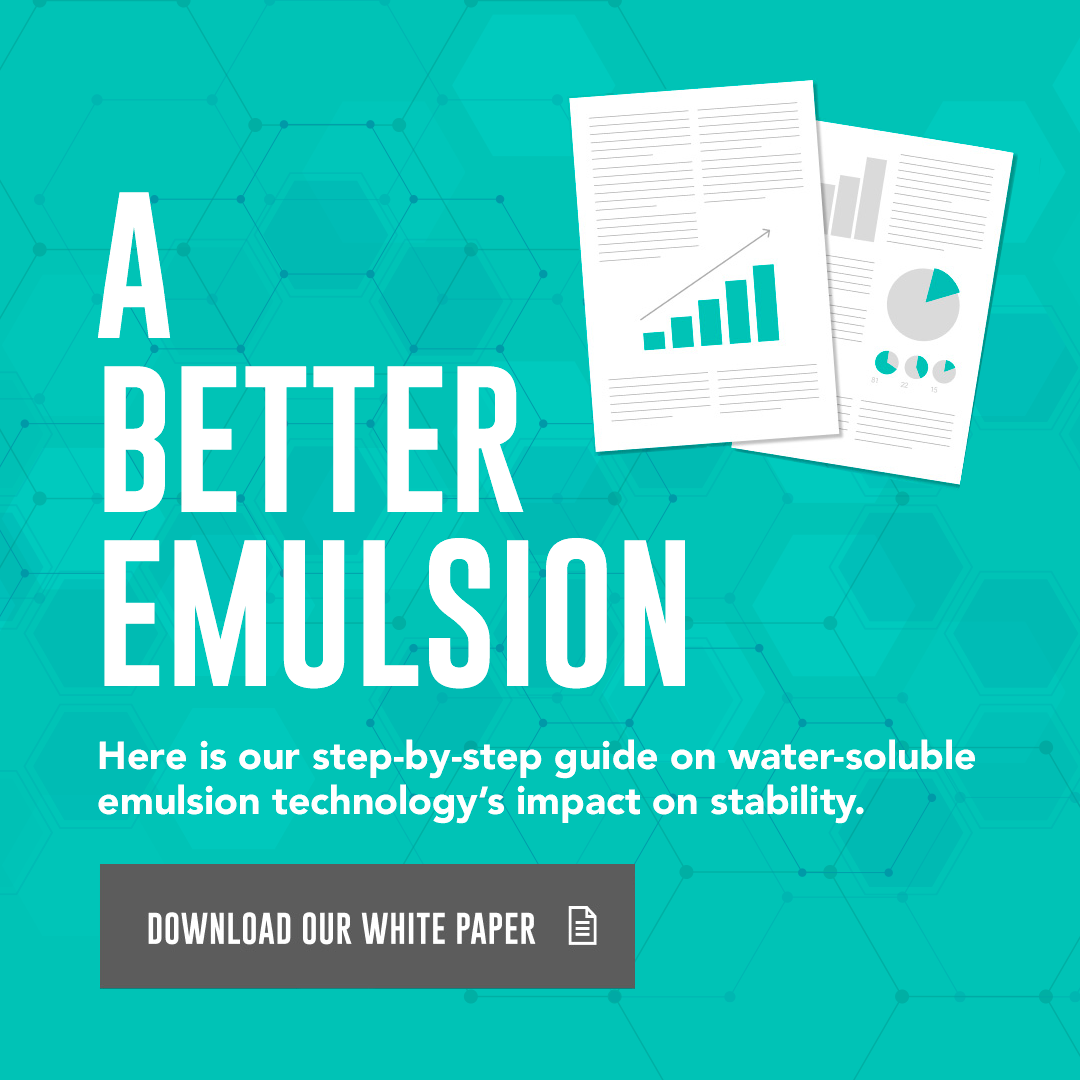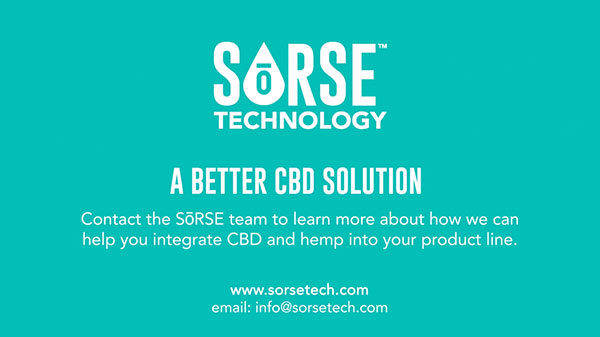Let’s start at the beginning, the very beginning, of the Endocannabinoid System (ECS). It evolved a whopping 543 million years ago, right before the Permian Extinction, the event that nearly ended life on Earth. (Interestingly, the cannabis plant didn’t show up until 63 million years ago, in the late Cretaceous.) This is a system that has literally been with us since before there were mammals, that survived a die-off of 90 percent of the planet’s species.
And yet, we know so little about it. The formal discovery of the ECS happened gradually over the latter part of the last century, beginning in 1964 with the identification and synthesis of THC by Mechoulam and Gaoni, Israeli scientists. Much of the best research on cannabinoids in general and THC in particular comes from Israel, where research is not hobbled by federal prohibition the way it is in the US. The contagious stigma against cannabis has nipped our curiosity about a system that has a role in almost every regulatory and homeostatic function of our bodies. It oversees our processes of “eating, sleeping, relaxing, forgetting and protecting,” according to biochemist Vincenzo Di Marzo, who named the ECS.
Now the curtain is starting to lift, saner policies are emerging, and consumers are becoming more curious about which cannabis options work and why. The information is out there and sometimes as easy as a Google search. But most consumers do not have the time or inclination to deep-dive into cannabis science; they just want to know what they can expect. The problem is, the ECS is as unique as a fingerprint–which is the reason the same weed that relaxes you friend gives you a panic attack. There is no getting around this fundamental fact of cannabis: everyone is different, and trial and error is inherent to the journey toward optimization.
How do we convey complex concepts simply and accurately? Pictures are very helpful. Leafly and Phytecs put out some killer infographics to break down complex concepts. I also tell people to keep a literal notebook. A physical record of their feelings as they try different strains, growers, methods of delivery. I advise tracking the status of their own body such as hunger, tiredness, hormonal cycle, etc. Patterns will begin to emerge. Since using the same cannabis product over and over will gradually make it less effective, and product availability is inconsistent, it’s best to have a sense of the commonalities between products that you like.
A parallel can be drawn to medication journeys or even skincare routines. Consumers are used to, if not happy about, having to try a number of different options before finding what works. The categories of Indica and Sativa, rather than being a genetic reality, are more often shorthand for a particular experience, but they are a reasonable place to start. Dialing down a level of granularity, budtenders and cannabis websites will often list the effects one can expect from a strain or product. Despite the wide variation from person to person, any given effect will likely apply to about 80 percent of consumers–however there are so many effects that you’re likely to be in the 20 percent for some of them. Take note of which effects seem to be the most common, which the most pronounced. Method also matters. There are just so many ways to enjoy this plant. Some of them preserve the terroir of the very earth they are grown in; some obliterate everything but the THC. Both will be someone’s favorite.
Another education hurdle that we are facing is overcoming the prohibition mindset of high THC percentage buyers. It is true that THC is the dominant intoxicating element in the cannabis plant, however if the goal is to get the most high for your buck, it’s not the only number you should be looking at. Setting aside that passive corruption in THC testing abounds (labs that return higher numbers get more business), THC is like the gas in your car; without the rest of the car you’re not going anywhere. Minor cannabinoids and terpenes help the THC cross the brain blood barrier so you can actually experience it. And that’s only if the highest high is what you’re seeking. Most people don’t buy Everclear when they want an alcoholic beverage; they are looking for a particular taste and experience.
Cannabis is still more art than science, but the science part of the pie chart grows every day. Our knowledge about cannabis is expanding rapidly from every angle. Still, stigma can make first-time cannabis users hesitant to seek out information. Everyone can help alleviate that by being as open and frank about their use as their circumstances allow. Coming out of the closet as a cannabis user humanizes the experience. Most people have used cannabis. There’s nothing to be ashamed of. Change is happening, and we can facilitate it by sharing our knowledge in a friendly, compassionate way.





